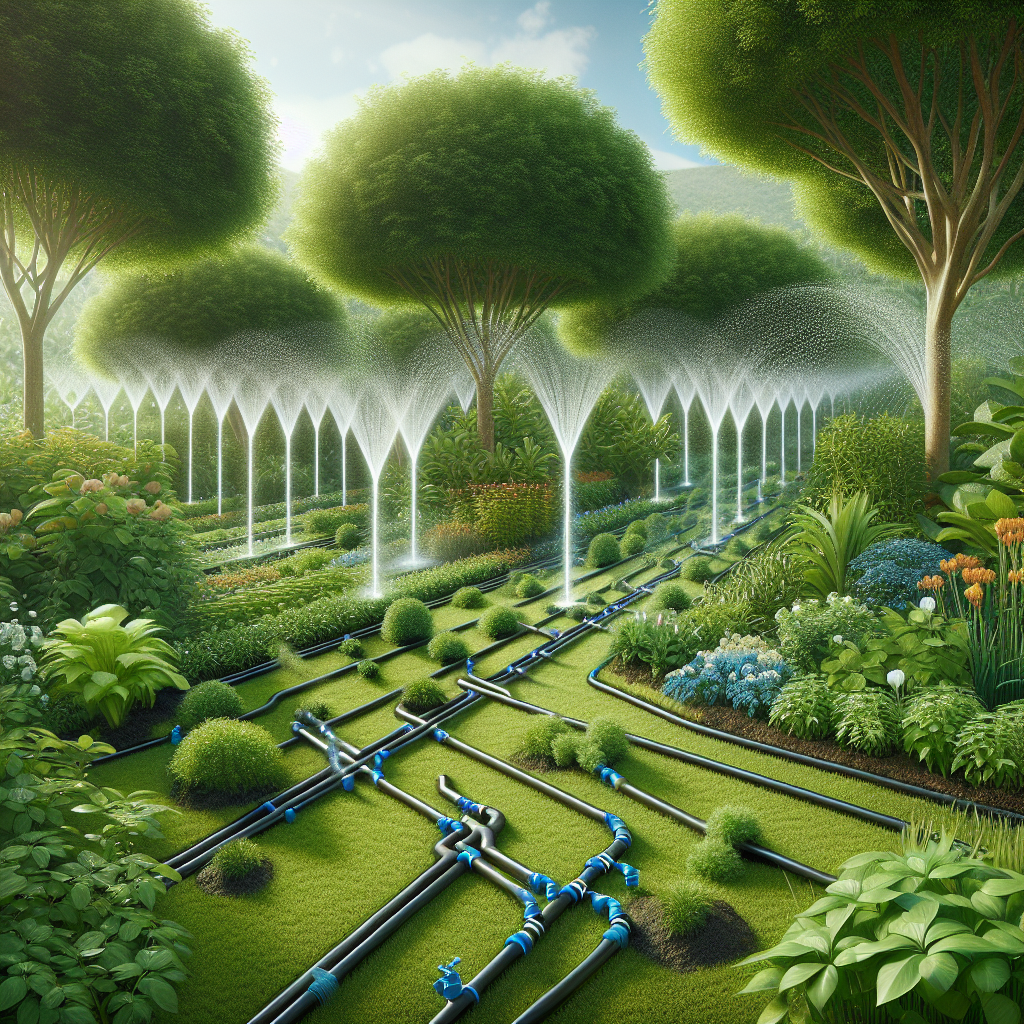Water is a precious resource that we often take for granted, especially when it comes to gardening. Most of us are used to watering our plants with a hose or sprinkler system, but did you know that these methods can actually waste a significant amount of water? That’s where slow drip systems come in. By delivering water directly to the roots of plants at a slow and steady pace, drip irrigation systems can help you save water while keeping your garden healthy and thriving.
In this article, we will explore the benefits of using slow drip systems in your garden and how they can help reduce water waste. We will also provide some tips on how to set up a drip irrigation system in your own garden, so you can start saving water and enjoying a beautiful garden at the same time. So let’s dive in and learn more about how slow drip systems can make a difference in your gardening routine.
**The Benefits of Slow Drip Systems**
Slow drip irrigation systems work by delivering water directly to the root zone of plants through a network of tubing and emitters. This targeted approach ensures that water is delivered exactly where it is needed most, minimizing waste from evaporation and runoff. Unlike traditional sprinkler systems that tend to oversaturate the soil surface, causing water to pool and run off into sidewalks or driveways, slow drip systems provide a more efficient way to hydrate your plants.
One of the main benefits of using slow drip systems is their ability to conserve water. By delivering water directly to the roots of plants, these systems reduce evaporation and ensure that every drop counts. This not only helps you save on your water bill but also contributes to overall water conservation efforts in your community. Additionally, slow drip systems promote healthier plant growth by preventing overwatering, which can lead to root rot and other issues.
**Setting Up a Slow Drip System**
Setting up a slow drip irrigation system may seem daunting at first, but it is actually quite simple once you understand the basics. The first step is to plan out your layout by determining where you want to place your emitters and tubing based on the needs of your plants. You can choose from a variety of emitter types depending on the size and type of plants in your garden.
Next, you will need to connect the tubing to your outdoor faucet or hose bib using an appropriate adapter or connector. Make sure that all connections are secure and leak-proof before turning on the water supply. Once everything is set up correctly, turn on the faucet at low pressure to allow water to flow through the tubing and emitters.
As the water travels through the tubing, it will be released slowly through the emitters directly onto the root zone of your plants. Monitor how long it takes for each plant’s soil to become saturated and adjust the watering schedule accordingly. Over time, you will develop a routine that works best for your specific garden layout and plant needs.
**Maintenance Tips for Slow Drip Systems**
To keep your slow drip system running smoothly, regular maintenance is key. Check for clogs or leaks in the tubing and emitters periodically and replace any damaged components as needed. It is also important to flush out any debris from the system by running clean water through it occasionally.
During hot summer months, make sure to adjust your watering schedule as needed to account for increased evaporation rates. Consider installing a timer or moisture sensor device that can automate watering based on soil moisture levels for added convenience.
In colder climates, be sure to drain all hoses and tubing before winter sets in to prevent freezing damage. Store any removable components indoors until spring arrives when you can reinstall them for another growing season.
**FAQs**
Q: Can I use a slow drip system for all types of plants?
A: Yes! Slow drip systems are versatile and can be used for most plant types including flowers, vegetables, shrubs, trees, and more.
Q: How often should I water with a slow drip system?
A: The frequency of watering will depend on factors such as plant type, soil type, weather conditions, etc. Monitor soil moisture levels regularly and adjust watering schedules accordingly.
Q: Are slow drip systems expensive to set up?
A: While there may be some initial investment involved in purchasing components like tubing and emitters, overall costs are relatively low compared to traditional sprinkler systems. Plus, you’ll save money on your water bill in the long run.
In conclusion ,slow drip irrigation systems offer an eco-friendly way reduce waste conservewater while keepingyour garden healthy thriving.Consider setting upa dripsysteminYour gardentodayand start reapingthe benefitsforbothYourplantsandtheenvironment .













